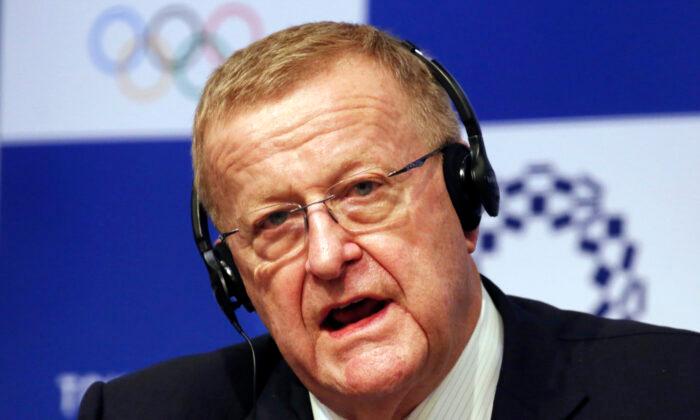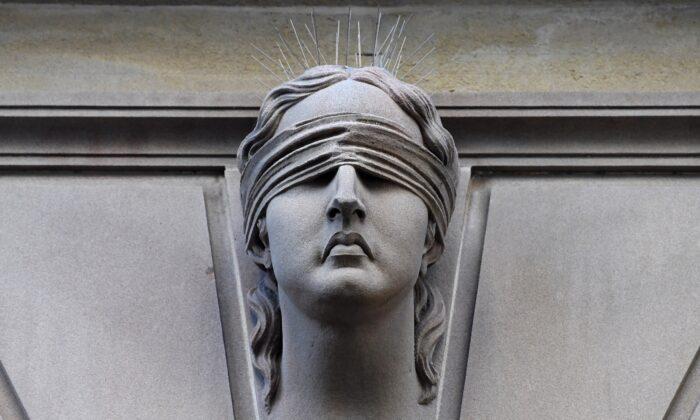Bribes? Not so, says Australia’s lord of the Olympic rings.
John Coates prefers the term “around the edges.”
Coates masterminded Sydney’s successful bid to host the 2000 Olympics.
His plan was extraordinary in its intricacy and execution.
Near-extinct Mongolian horses. Prisoners of war. Prime ministers. Green traffic lights. Kerry Packer’s helicopters. Home-made plonk.
Sir Donald Bradman. Greg Norman. Bryce Courtenay. Dame Joan Sutherland. Schoolkids.
All played a part in Sydney defeating—by just two votes—the widely-favoured candidate, Beijing.
Coates was involved in Brisbane’s bid to host the 1992 Games—the Queensland capital finished third in voting behind Barcelona and Paris.
He was involved in Melbourne’s bid for the 1996 Games—the Victorian capital finished fourth in voting behind Atlanta, Athens and Toronto.
So in November 1990, when Sydney was ratified as a bidder for the 2000 Games, Coates knew what was needed.
Whatever it takes.
“I was doing my numbers from the day we started,” Coates told AAP.
“We had a strategy for every IOC member.”
He had plans to win over every nation’s Olympic committee; the 25 international Olympic sports federations; broadcasters; diplomats; sponsors; the wider Olympic family.
But there were IOC rules to skirt “around the edges.”
IOC members were allowed just one official visit to a bid city. Lavish functions were banned. The value of gifts was capped at $US200 ($A275).
Delegations from bid cities were also banned from visiting IOC members in their home countries.
Coates and the chief executive of Sydney’s bid company, Rod McGeoch, admit stretching the rules.
“We felt we could live comfortably within the new rules—with a bit of give and take,” McGeoch wrote in his book: Bid: How Australia Won The 2000 Games.
A 1999 independent inquiry by former South Australian auditor-general Tom Sheridan found no bribery or corruption in the bid, but noted technical breaches of the IOC’s ambiguous guidelines.
So how did the bid evolve?
Coates wanted as many IOC members to visit Sydney as possible during the bid period.
“They all visited us, predictably, in our summer,” he said.
They flew on ’mates rates’ with Qantas, saving the bid several million dollars with 40 percent fare discounts.
They stayed in plush hotels, donated to the bid for free.
Many of them were driven unimpeded through Sydney as the bid committee ensured traffic lights turned green on approach.
IOC evaluation committee members were flown over proposed Olympic venues in Kerry Packer’s personal Sikorsky helicopters.
Other gestures curried favour.
Dana Voinov, the daughter of Romanian IOC member Alexandru Siperco, and her husband Nick wanted to emigrate to Australia. Nick needed a job lined up.
So Bruce Baird, NSW’s Olympic bid and transport minister, reached out to contacts. Nick was hired by NSW CityRail.
Coates arranged for the daughter of Swaziland IOC member David Sibandze to be enrolled in a home economics course at a Sydney college.
When Mongolia’s IOC member Shagdarjav Magvan visited, he was taken to Dubbo’s Western Plains Zoo, home to 24 Przewalski horses, a breed near-extinct in his homeland.
So five horses from the Dubbo zoo, and two from Adelaide, were shipped to Ulan Bator - the bid company contributed about $13,000 of the $156,000 cost, the rest picked up by the federal government and NSW’s Zoological Parks Board.
Some IOC members were pilots: they got sessions in Qantas flight simulators.
Two IOC members, Belgium’s Jacques Rogge and Finland’s Peter Tallberg, were sailors: they were taken on 12-metre yachts skippered by Australians Peter Gilmore and Iain Murray.
Norway’s IOC member Jan Staubo was a Spitfire pilot in World War II, shot down by Germans and imprisoned at Stalag Luft 3.
Seventeen Australian POWs from Stalag Luft 3, including artist Bill Fordyce, met with Staubo - copies of Fordyce’s camp drawings were presented to the Norwegian in a leather-bound book.
Venezuala’s IOC member Flor Isava visited with her granddaughter Alexandra, who suffered from eye problems: she was sent to a Sydney eye specialist.
Isava was well-read, so author Bryce Courtenay was invited to dinner and gifted a signed copy of The Power Of One.
Western Samoa’s IOC member Paul Wallwork was besotted by rugby: he was sent weekly videos of television coverage of Australian rugby games.
Golf-mad IOC members got Greg Norman signed caps; cricket lovers received bats autographed by Sir Donald Bradman; those fond of tennis got photos signed by Evonne Goolagong Cawley; Dame Joan Sutherland autographed books for opera aficionados.
The bid company hired lobbyists: Gabor Komyathy was paid $180,000 to work eastern Europe; Mahmoud el-Farnawani got $200,000 to deliver Arab votes.
Coates fretted over votes from Africa.
“When Brisbane was bidding, we might have got one (vote) out of Africa, something similar with Melbourne,” Coates said.
“It was clearly an area we had to work hard.”
In July 1991, South Africa’s 21-year Olympic ban was lifted for the Barcelona Games a year later.
Coates organised for South Africa’s underprepared team to be housed next to Australia in the athletes’ village so they could share Australia’s medicos and training equipment.
The move strengthened bonds with South African Olympic Committee president Sam Ramsamy, who helped devise a plan for Sydney’s bid to leave lasting imprints on Africa.
Former Prime Minister Gough Whitlam, revered in Africa, was central to the scheme.
Whitlam and Coates, in the months leading into the vote, travelled to 13 African nations.
“The 13 countries, I am confident we got six (votes),” Coates said.
Whenever African IOC members visited Sydney, Whitlam and his wife Margaret would entertain them at their home.
Coates struck agreements with 11 African countries, offering training facilities and coaching assistance.
And when wine buff and IOC President Juan Antonio Samaranch visited, bid chief McGeoch presented him a bottle of home-made wine from his Hunter Valley vineyard.
Schoolkids gave Samaranch a boomerang. The symbolism was clear: come back in 2000.





